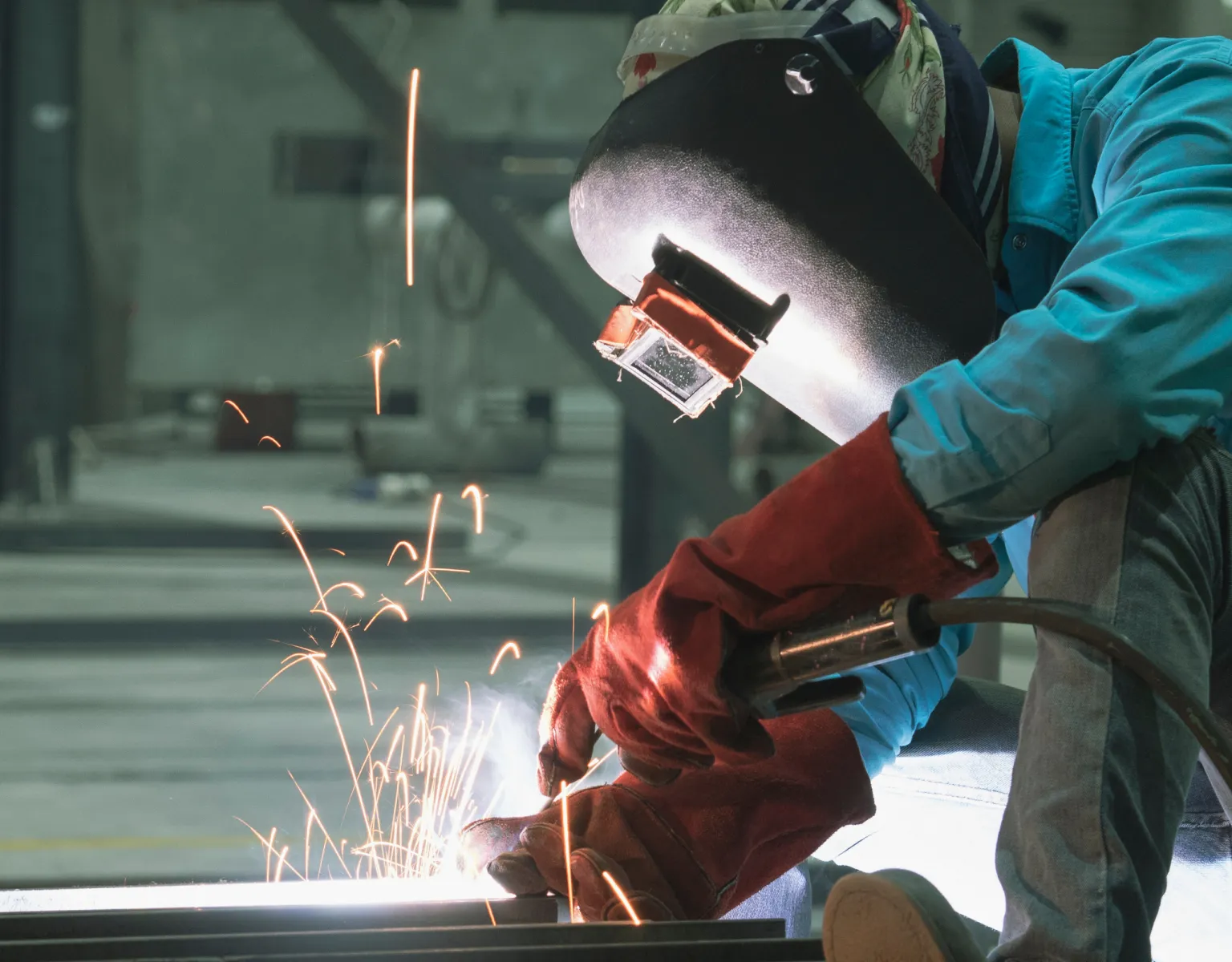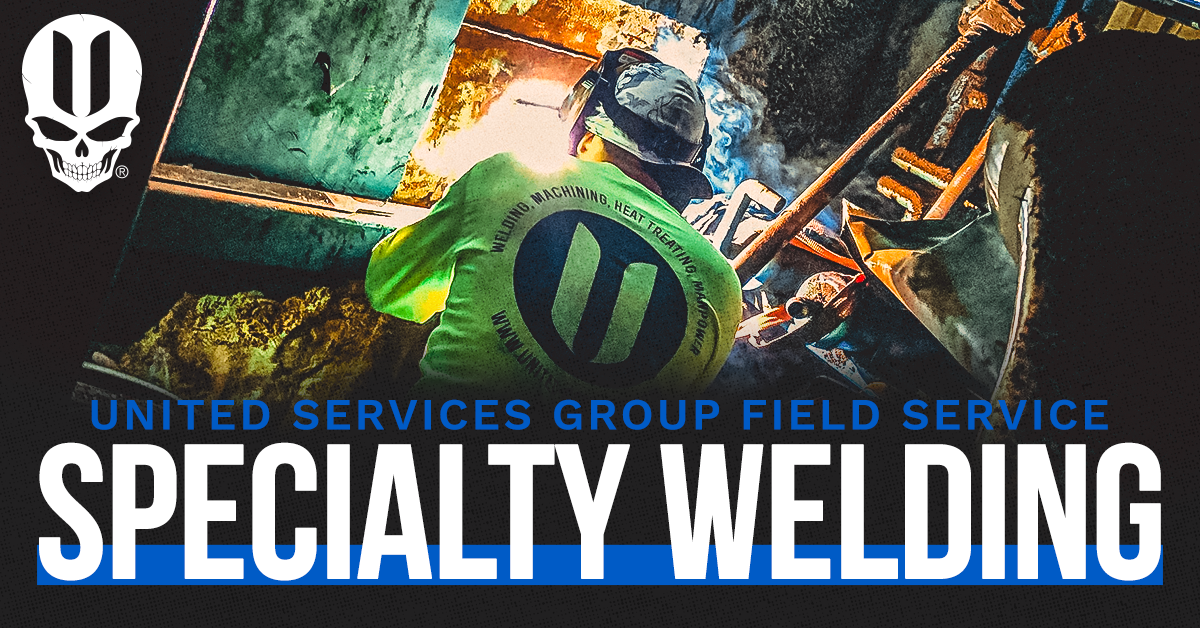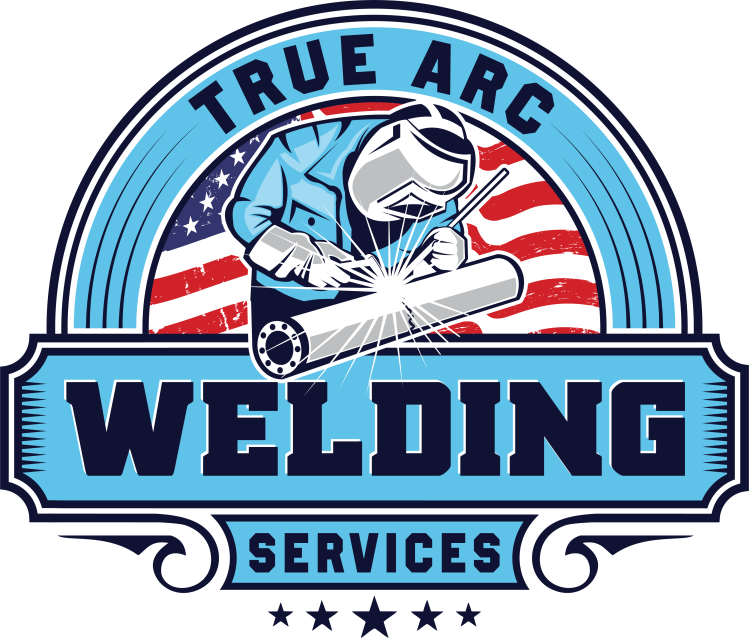Specialist Welding Inspection Service for Structural Honesty
Specialist Welding Inspection Service for Structural Honesty
Blog Article
Understanding the Various Types of Welding Techniques and Services Offered

Summary of Welding Techniques
Welding techniques incorporate a varied array of methods used to sign up with products together completely. One common technique is arc welding, which includes producing an electrical arc between the base and an electrode product to melt and fuse them with each other. This technique is flexible and can be made use of with different steels, making it one of the most extensively used welding processes.

Furthermore, TIG welding, or Gas Tungsten Arc Welding (GTAW), is a tidy and precise welding method that uses a non-consumable tungsten electrode to produce the weld. TIG welding is generally made use of for thinner products and gives superb control over the welding process. In general, comprehending these different welding techniques is essential for choosing the most ideal approach for various jobs.
Frequently Used Welding Approaches
A series of typically utilized techniques are used in the field of welding to successfully sign up with products together. One of the most commonly utilized strategies is Gas Metal Arc Welding (GMAW), additionally referred to as MIG welding. This technique makes use of a wire electrode that is fed through a welding weapon, along with a shielding gas to secure the weld from pollutants airborne. One more common method is Shielded Steel Arc Welding (SMAW), or stick welding, which makes use of a flux-coated electrode to develop the weld. Tungsten Inert Gas (TIG) welding is favored for its accuracy and flexibility, utilizing a non-consumable tungsten electrode to produce the weld. Flux-Cored Arc Welding (FCAW) is generally utilized in commercial setups as a result of its high welding speed and transportability. In Addition, Submerged Arc Welding (SAW) is optimal for creating deep welds on thick materials. These commonly used welding techniques cater to various needs and products, giving alternatives for various welding applications.
Advanced Welding Solutions
Structure upon the foundation of commonly used welding approaches, the realm of sophisticated welding solutions incorporates advanced strategies and modern technologies that press the limits of accuracy and performance in material joining procedures. Advanced welding services often include specialized methods such as laser welding, electron beam of light welding, and rubbing mix welding. Laser welding utilizes a very concentrated beam to specifically sign up with steels with marginal heat-affected zones, making it excellent for complicated or delicate elements. Electron beam welding, on the other hand, employs a high-velocity electron light beam to produce deep weld penetrations in products like aerospace alloys or different steels. Rubbing stir welding, a solid-state signing up with process, makes it possible for the welding of products that are challenging to fuse making use of traditional techniques, like light weight aluminum and copper. These advanced my link strategies use improved control over the welding process, leading to more powerful, more resilient welds with reduced distortion and improved total quality.
Specialized Welding Methods

One more specialized welding method is laser light beam welding, where a highly focused beam is made use of to join metals with minimal heat-affected zones and distortion. This approach is frequently utilized have a peek here in industries requiring high precision and sanitation, such as electronic devices and clinical device production. Additionally, eruptive welding is a distinct strategy that utilizes controlled dynamites to bond dissimilar steels together, developing strong and trustworthy joints. These specialized welding methods display the diversity and innovation existing in the field of welding, using options for a wide variety of industrial applications.

Picking the Right Welding Refine
Choosing the appropriate welding procedure is paramount in accomplishing ideal outcomes in steel manufacture and joining procedures. With numerous welding strategies available, it is critical to think about aspects such as the sort of steel, thickness, joint design, and preferred end outcome when selecting the appropriate welding procedure - Welding Inspection Service. Amongst the typical welding methods are Gas Steel Arc Welding (GMAW), Protected Metal Arc Welding (SMAW), Gas Tungsten Arc Welding (GTAW), and Flux-Cored Arc Welding (FCAW) GMAW, additionally referred to as MIG welding, is appropriate for welding thin to thick metals and is flexible in different settings. On the other hand, SMAW, or stick welding, is a trusted method for outside and area welding as a result of its mobility and simpleness. GTAW, or TIG welding, is perfect for welding slim products and offers specific and high-quality welds. FCAW is chosen for welding thick products and is understood for its high welding speeds. Recognizing the qualities of each welding procedure is vital in picking the most suitable method for a particular welding task.
Final Thought
Finally, understanding the various kinds of welding strategies and services readily available is important for selecting the right approach for a certain project. By understanding the frequently used welding techniques, progressed welding solutions, and specialized strategies, people can make educated choices to make certain the success of their welding tasks. It is very important to take into consideration elements such as products, task requirements, and budget plan when selecting the most ideal welding procedure.
From typical approaches like stick welding to advanced procedures such as laser welding, the world of welding uses a plethora of options for signing up with steels with each other.In addition, TIG welding, or Gas Tungsten Arc Welding (GTAW), is a precise and clean welding method that utilizes a non-consumable tungsten electrode to create the weld. Advanced welding services frequently include specialized methods such as laser welding, electron beam welding, click and rubbing stir welding. Amongst the usual welding techniques are Gas Steel Arc Welding (GMAW), Secured Steel Arc Welding (SMAW), Gas Tungsten Arc Welding (GTAW), and Flux-Cored Arc Welding (FCAW) By being mindful of the frequently utilized welding methods, advanced welding services, and specialized techniques, individuals can make enlightened decisions to ensure the success of their welding tasks.
Report this page